Case Number : Case 1123 - 13th October Posted By: Guest
Please read the clinical history and view the images by clicking on them before you proffer your diagnosis.
Submitted Date :
The patient is an 87-year-old woman with a biopsy of a lesion on the right distal lower leg.
Case posted by Dr. Mark Hurt
Case posted by Dr. Mark Hurt

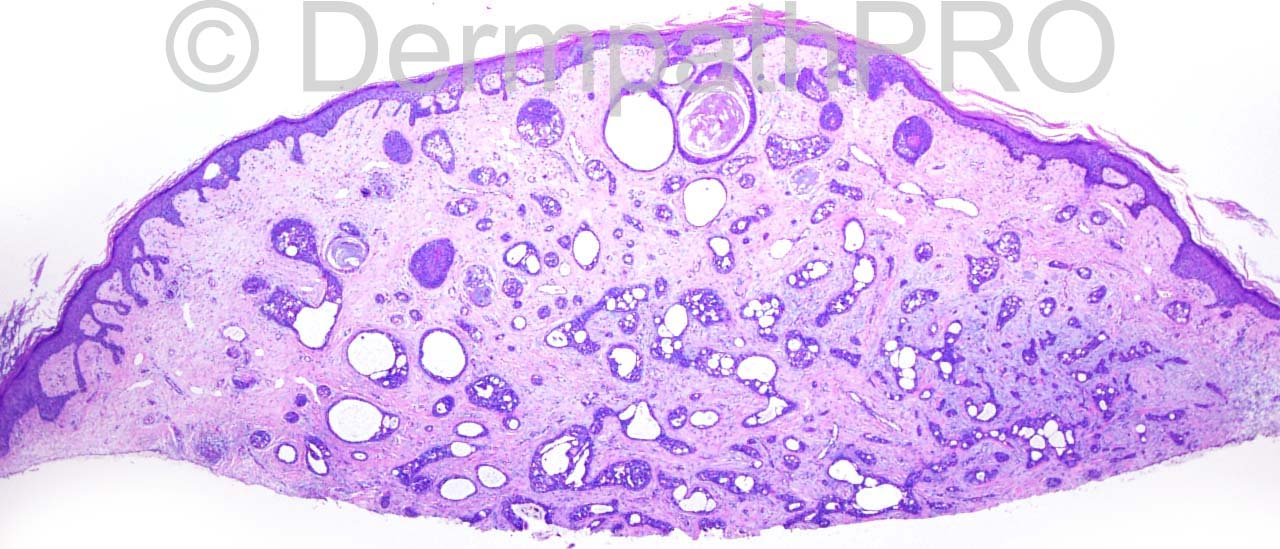
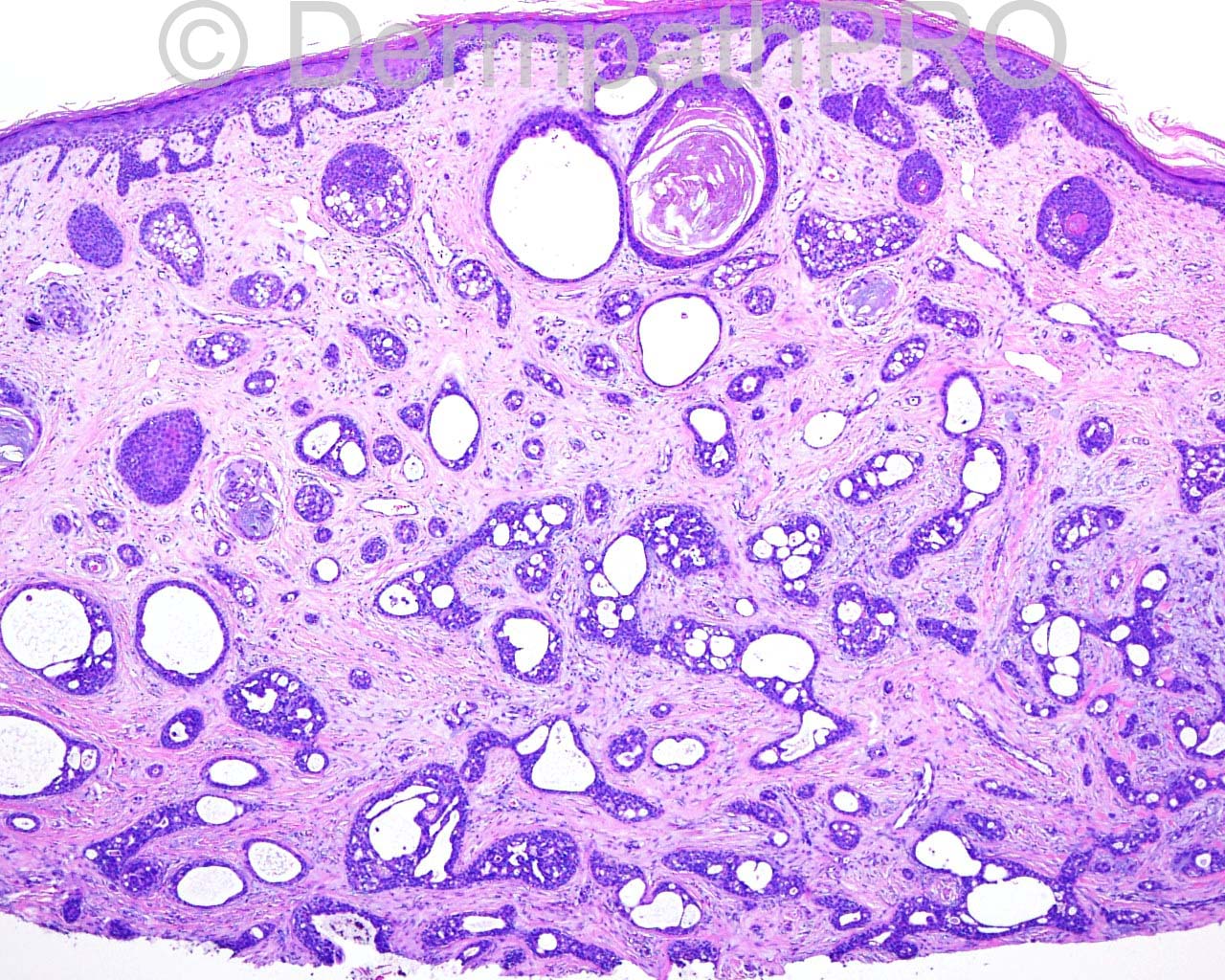
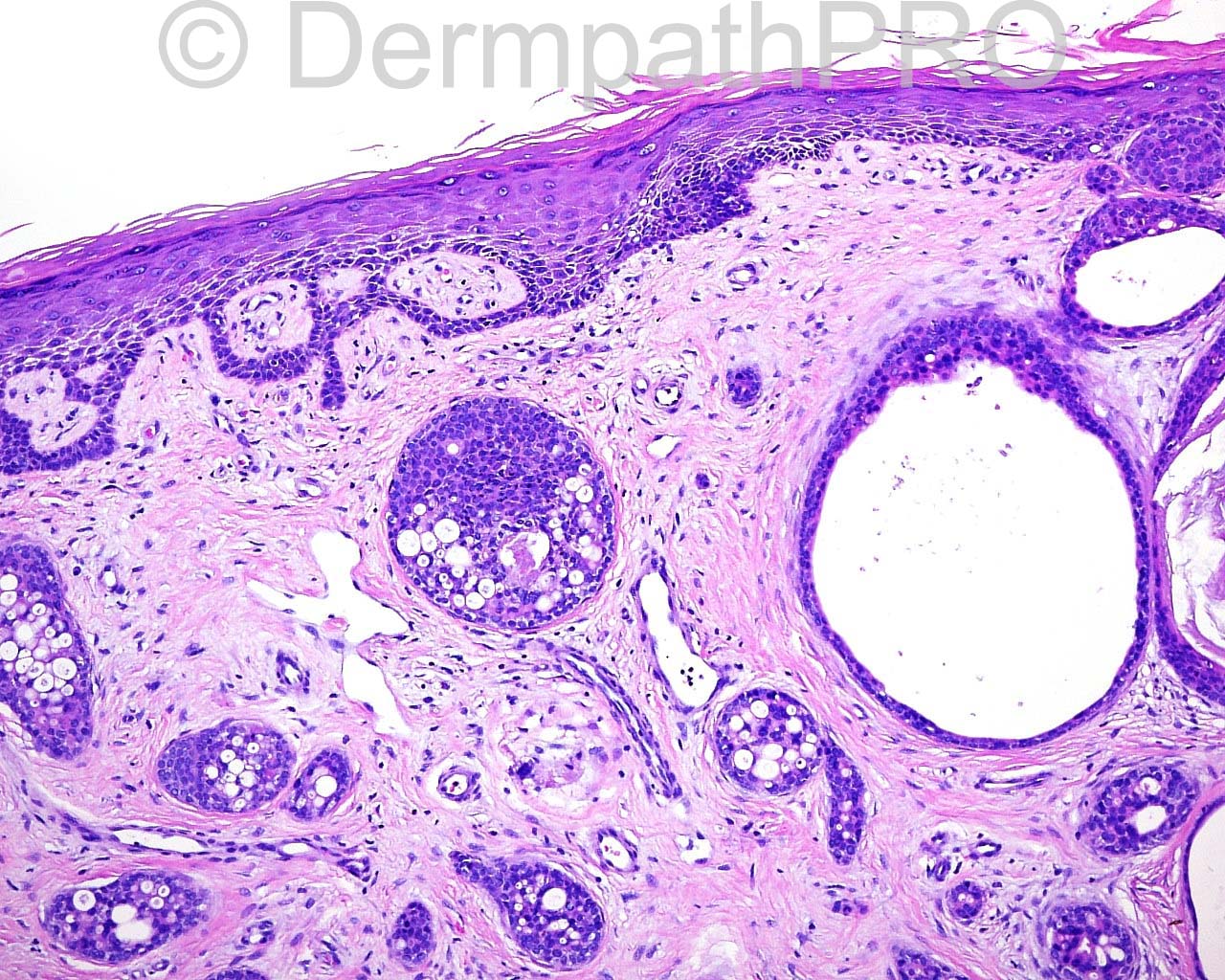

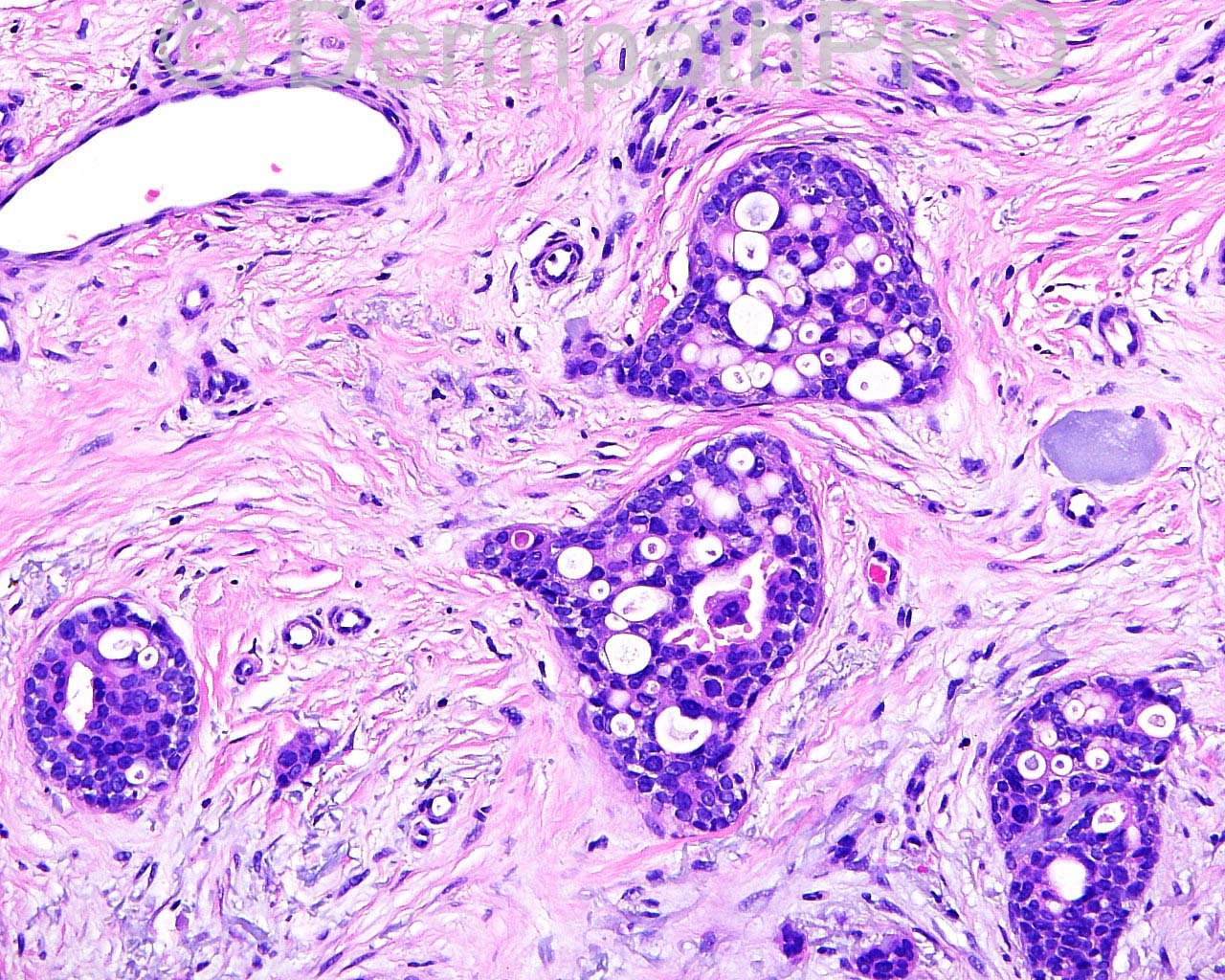
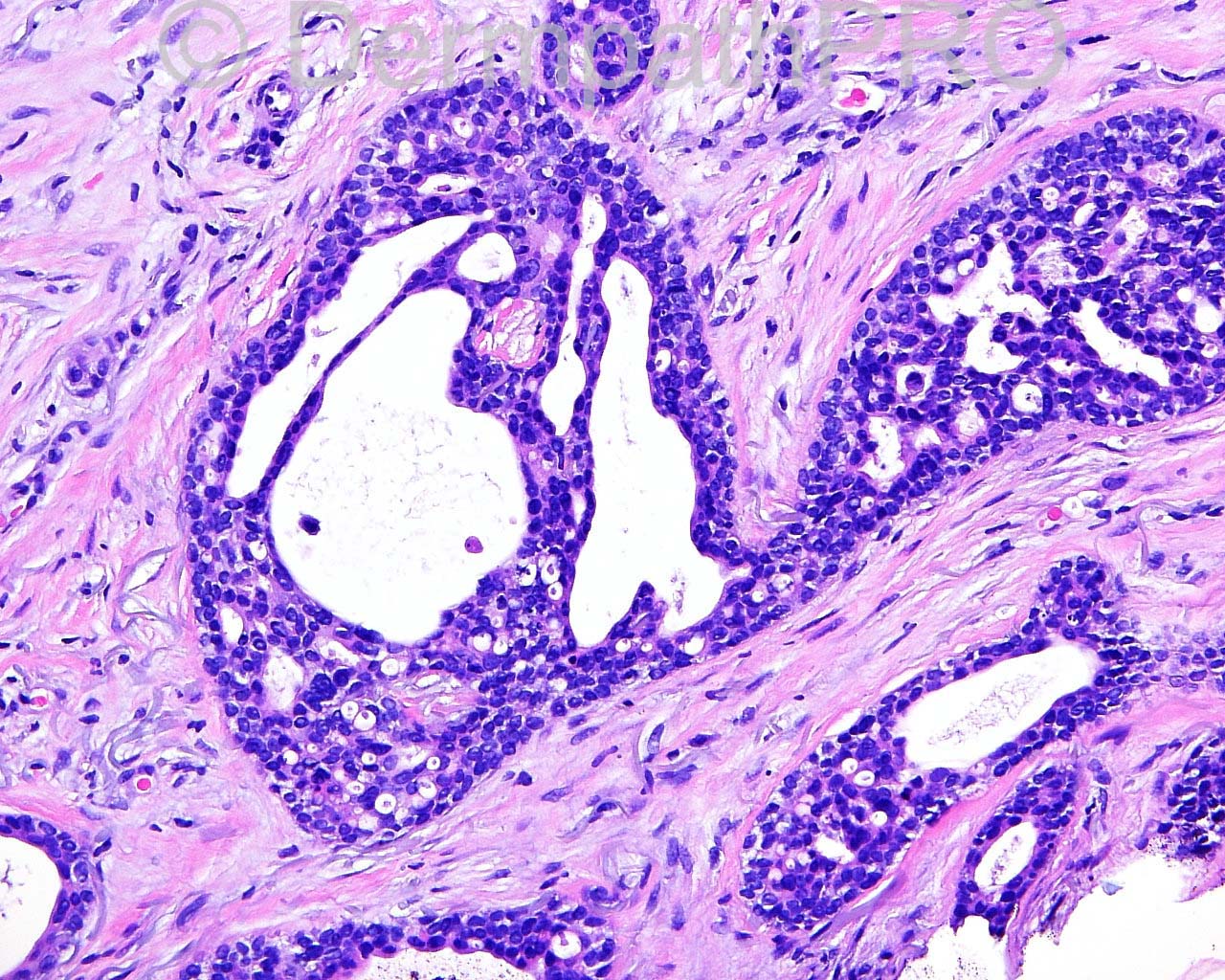
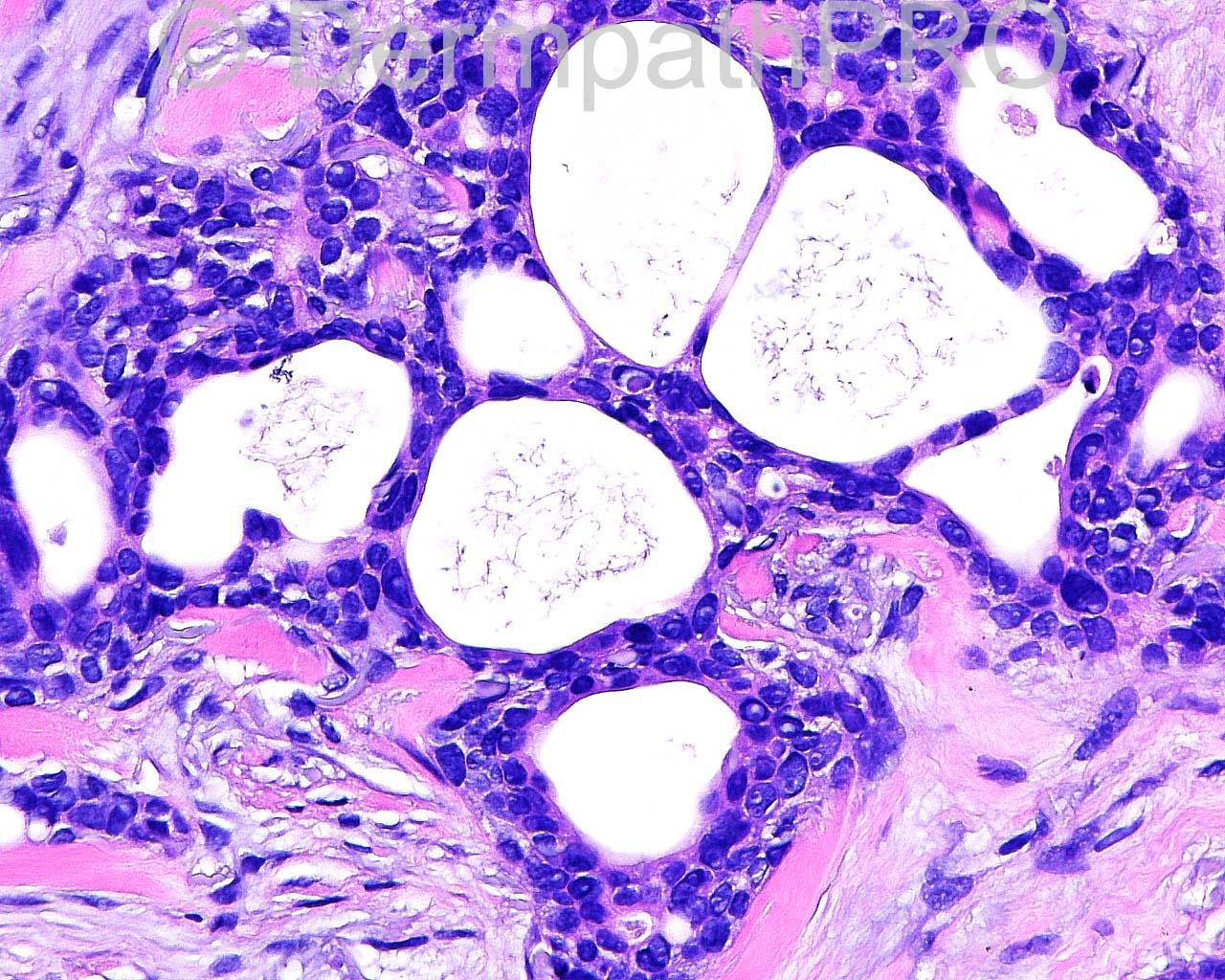
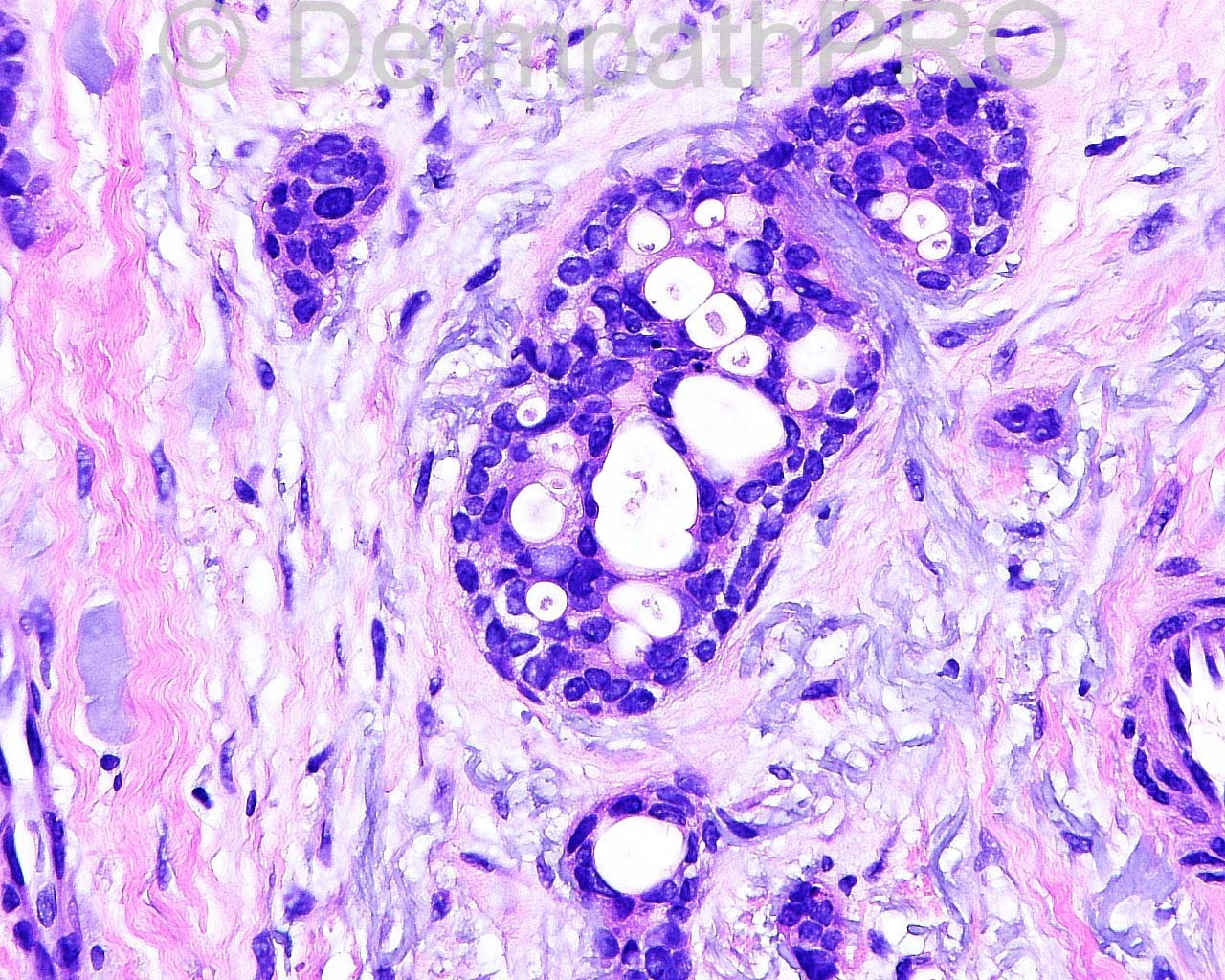
Join the conversation
You can post now and register later. If you have an account, sign in now to post with your account.